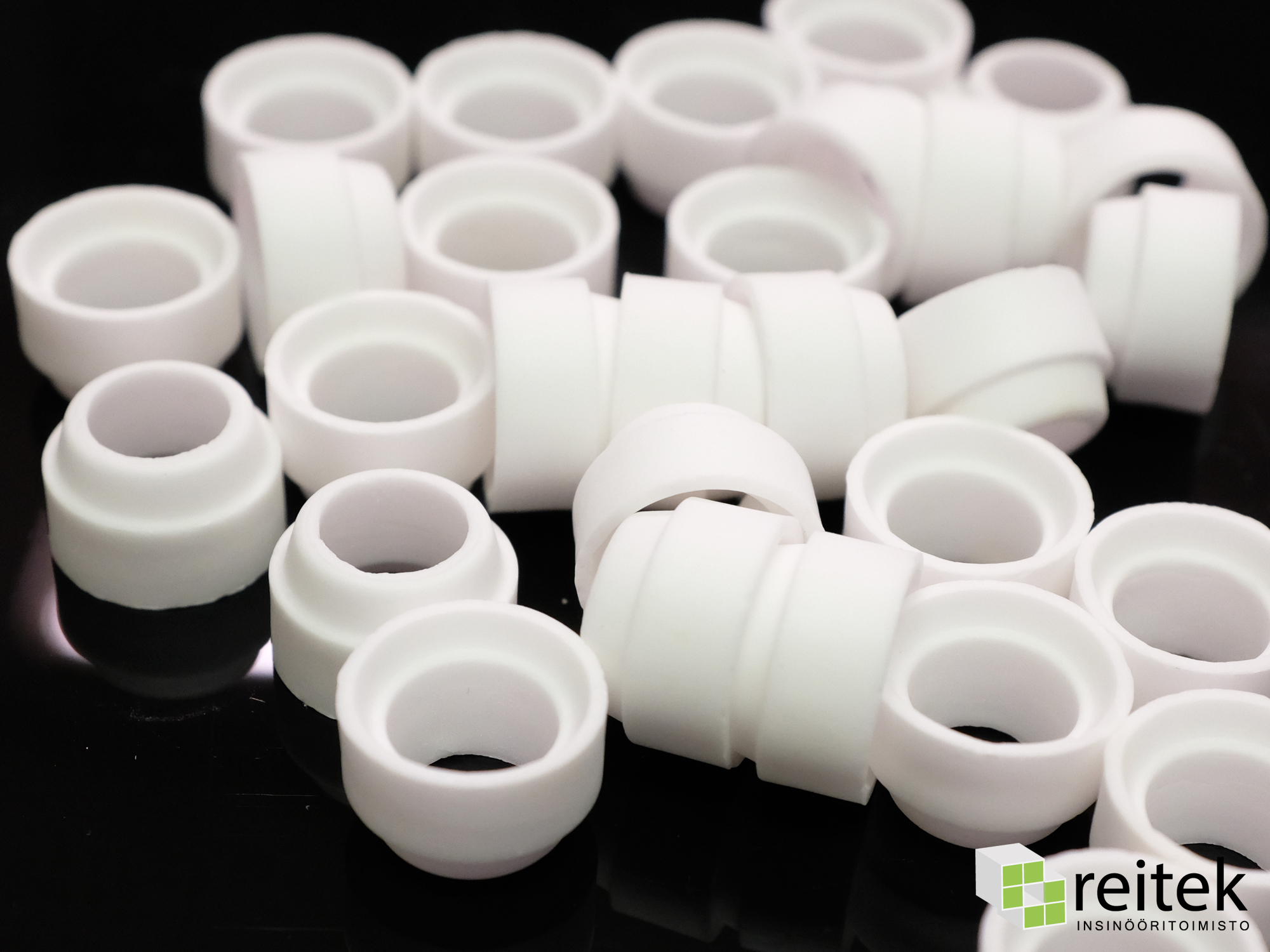Aluminum oxide (Al₂O₃), also known as alumina, is a highly durable ceramic material that has become a staple in industries requiring extreme wear resistance, heat tolerance, and chemical stability. This blog explores the various applications of Al₂O₃ ceramic wear parts and why they are essential for maintaining efficiency and reducing operational costs in demanding industrial environments.
1. Properties That Make Al₂O₃ Ideal for Industrial Applications
Al₂O₃ ceramics offer a combination of properties that make them superior to traditional materials like metals or polymers:
- High hardness and wear resistance: With a Mohs hardness of 9, Al₂O₃ is extremely resistant to abrasion, making it perfect for parts exposed to friction.
- Thermal stability: Al₂O₃ can withstand temperatures above 1,000°C, making it suitable for high-temperature industrial processes.
- Corrosion resistance: Unlike metals, alumina ceramics are resistant to corrosion from harsh chemicals, extending the lifespan of components in chemical and mining industries.
2. Key Applications of Al₂O₃ Ceramic Wear Parts
A. Mining and Drilling
In mining operations, components such as pumps, valves, and slurry transport systems are exposed to abrasive particles. Al₂O₃ wear parts, used in these environments, significantly reduce downtime caused by wear and tear.
B. Steel Manufacturing
Al₂O₃ ceramics are employed in high-temperature processes, including furnaces and kilns. Their ability to resist heat and abrasion makes them ideal for linings, cutting tools, and rollers in steel production facilities.
C. Chemical Processing
Chemical processing plants deal with corrosive substances. Al₂O₃ ceramic components like seals, reactors, and pipes provide excellent corrosion resistance, ensuring long-term reliability.
D. Power Generation
In power plants, where turbines and other rotating machinery face extreme mechanical stress, Al₂O₃ components such as bearings and seals ensure longevity and reduce the need for frequent maintenance.
3. Why Choose Al₂O₃ Over Traditional Materials?
The use of Al₂O₃ ceramic wear parts translates to several key advantages:
- Cost-effectiveness: While the upfront cost of ceramic parts may be higher, their extended lifespan and reduced need for replacement make them more economical in the long run.
- Improved operational efficiency: Using wear-resistant parts leads to less frequent maintenance and less downtime, which directly improves productivity.
- Environmentally friendly: Longer-lasting parts reduce waste and material consumption, supporting more sustainable industrial practices.
4. Al₂O₃ in Industrial Installation Supervision
In addition to manufacturing high-performance parts, industrial installation supervision is key to ensuring the correct application of Al₂O₃ ceramics. Experienced professionals can oversee the installation of wear parts in complex environments, ensuring maximum efficiency and safety.
Conclusion: Al₂O₃ ceramic wear parts are an invaluable asset across a wide range of industries, from mining to chemical processing. Their durability, heat resistance, and cost-effectiveness make them the material of choice for operations seeking to enhance performance while minimizing downtime. For more information on how Al₂O₃ ceramics can improve your industrial processes, contact our experts today!
